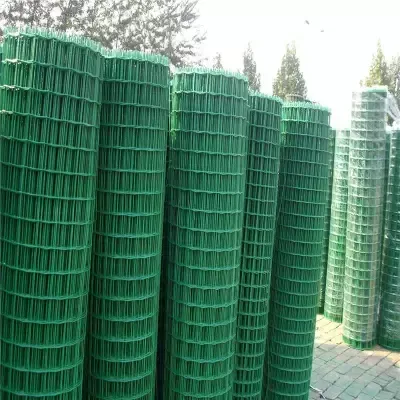10 月 . 20, 2024 17:12 Back to list
hydraulic hose ferrule fittings
Understanding Hydraulic Hose Ferrule Fittings Essential Components in Hydraulic Systems
Hydraulic systems are essential in various industries, including construction, manufacturing, and automotive applications. A critical component of these systems is the hydraulic hose ferrule fittings, which play a significant role in ensuring the reliability and efficiency of hydraulic systems. In this article, we will explore what hydraulic hose ferrule fittings are, their purposes, types, and some best practices for selecting and using them.
What are Hydraulic Hose Ferrule Fittings?
Hydraulic hose ferrule fittings are specialized mechanical connectors that secure the end of a hydraulic hose to other components, such as pumps, valves, or cylinders. These fittings are designed to withstand high pressure and ensure a leak-free connection between the hose and the hydraulic equipment. Ferrules are typically made from materials such as stainless steel, brass, or carbon steel, depending on the intended application and environmental conditions.
The Purpose of Ferrule Fittings
Ferrule fittings serve several critical functions in hydraulic systems
1. Pressure Management Hydraulic systems often operate under high pressure. Ferrule fittings help to maintain this pressure, allowing the system to function effectively. A well-designed and properly installed ferrule fitting can help prevent leaks, which could lead to system failures or safety hazards.
2. Connection Integrity Ferrules provide a robust connection between hoses and other hydraulic components. They are designed to accommodate the dynamic nature of hydraulic systems, where hoses may experience movement and vibration during operation.
3. Ease of Maintenance Over time, hydraulic systems may require maintenance or repairs. Ferrule fittings can simplify the disconnection and reconnection of hoses, making maintenance work more manageable.
Types of Ferrule Fittings
There are several types of hydraulic hose ferrule fittings, each designed for specific applications and hose types
. Some common types include1. Fixed Ferrules These ferrules are crimped onto the hose to provide a permanent connection. They are widely used in applications where a permanent bond is required.
hydraulic hose ferrule fittings

2. Swaged Ferrules Similar to fixed ferrules, swaged ferrules are specially designed to be compressed around the hose using a hydraulic press. This type of fitting offers a strong, leak-free connection.
3. Mechanical Ferrules These ferrules use screws or bolts to secure the connection. They allow for easier disconnection when maintenance is necessary.
4. Push-On Ferrules These fittings enable quick connections without the need for tools. While they are convenient for temporary setups, they may not be suitable for all high-pressure applications.
Best Practices for Selecting and Using Ferrule Fittings
When choosing hydraulic hose ferrule fittings, several factors should be considered to ensure optimal performance and safety
1. Compatibility Ensure that the ferrule fittings are compatible with the hose type, size, and material. Mismatched components can lead to leaks or system failures.
2. Pressure Ratings Always check the pressure ratings of both the fittings and the hydraulic hoses. Select fittings that can handle the maximum pressure your system may experience.
3. Environment Consider the environment where the hydraulic system operates. Factors such as temperature variations, exposure to chemicals, and potential for abrasion should influence the choice of materials.
4. Installation Proper installation is crucial to the performance of ferrule fittings. Follow the manufacturer’s guidelines for crimping or assembling the fittings to ensure a tight seal.
5. Regular Inspections Periodically inspect hydraulic hose connections for signs of wear or damage. Early detection of issues can prevent major failures and minimize downtime.
Conclusion
Hydraulic hose ferrule fittings are integral components of hydraulic systems that ensure secure, reliable, and efficient operations. By understanding their purpose, types, and best practices for use, engineers and technicians can enhance the performance of hydraulic systems and reduce the risk of failures. Investing in quality ferrule fittings and adhering to proper maintenance protocols will ultimately lead to more reliable and durable hydraulic systems.
-
Secure Your Roof with Quality Roofing Nails
NewsNov.04,2024
-
Secure Your Property with Quality Field Fencing
NewsNov.04,2024
-
Enhance Your Space with Quality Mesh Fencing
NewsNov.04,2024
-
Discover the Versatility of Iron Wire for Your Projects
NewsNov.04,2024
-
Discover the Versatility of Common Nails for Your Projects
NewsNov.04,2024
-
Discover Quality Hydraulic Fittings for Your Applications
NewsNov.04,2024









